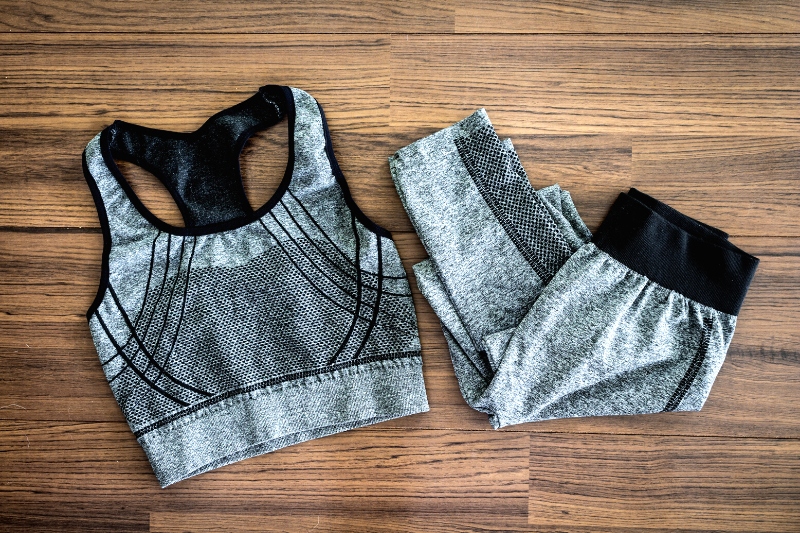Running is one of the cheapest and most accessible forms of exercise that you can do. If you’re not bothered about using a treadmill, you’ll only have to spend money on your workout gear!
After a vigorous run, this gear is bound to be covered in dirt and sweat, but does that mean it must be washed immediately?
This is a common question among runners and one that is determined by a variety of factors.
You don’t want to wear out your clothing by washing it too frequently, but you also don’t want to allow any unpleasant odours or bacteria to form on the fabric.
In this article, you’ll learn how often to wash running clothes to extend their lifespan and keep them hygienic.
We also cover the best way to wash running clothes and remove any lingering smells from the fabric.
Read on for all you need to know!
How Often Do You Need to Wash Running Clothes?
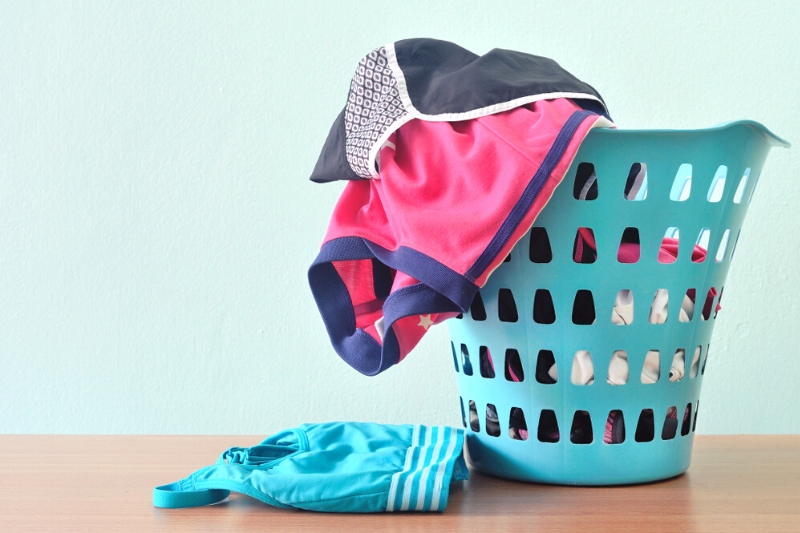
As a general rule, you should wash your running clothes after every wear. While other kinds of clothes can be washed less frequently, many contaminants such as sweat, dirt, and bacteria are likely to build up on your clothing during vigorous exercise and needs to be removed.
This build-up happens firstly because running exposes clothing to these contaminants. For example, you sweat during exercise, and dirt can easily splash up and hit your clothes while on your run.
Secondly, most running gear is tight-fitting and made of synthetic moisture-wicking material. This increases the amount of sweat and bacteria the clothing will absorb.
Regular washing is required to remove these contaminants from your running gear. This is important for a couple of reasons, primarily as a build-up of sweat and dirt will cause your clothes to smell.
These contaminants can also clog your pores, potentially leading to acne and skin irritation. You should get into the habit of washing exercise clothes after a single use to avoid these issues.
This being said, baggy layers and items made of natural materials may be able to go for a couple of wears if they haven’t come into contact with much sweat.
You can also air your running clothes after a workout if you need them later in the day, but we would avoid doing this wherever possible to ensure your clothing remains hygienic.
What Is the Best Way to Wash Running Clothes?
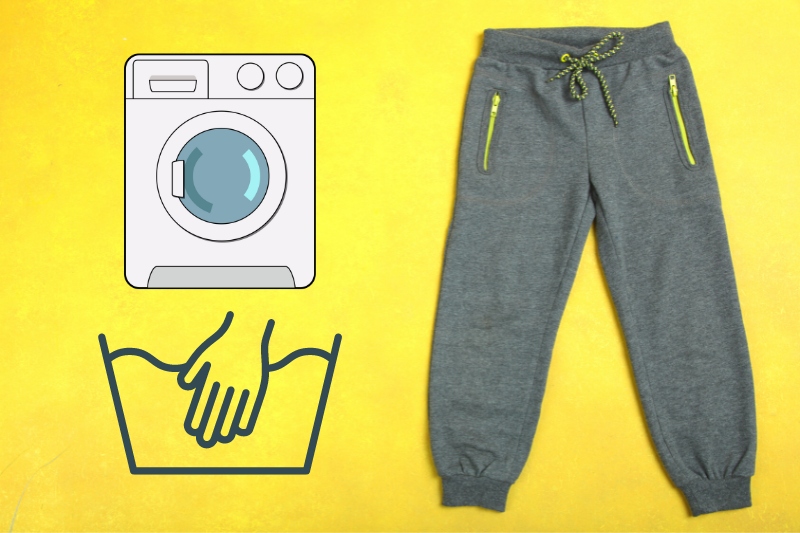
You can wash running clothes either in the washing machine or by hand.
Thankfully, both methods are extremely straightforward and won’t take up too much of your time. You can find a step-by-step guide on each method below.
We also recommend washing your running clothes immediately after exercising. After a challenging workout, the last thing you want to do is clean your running clothes.
However, throwing your sweaty clothes in the laundry basket for later gives the bacteria in the fabric more time to grow, meaning your items will become more smelly and harder clean.
Washing Running Clothes in the Washing Machine
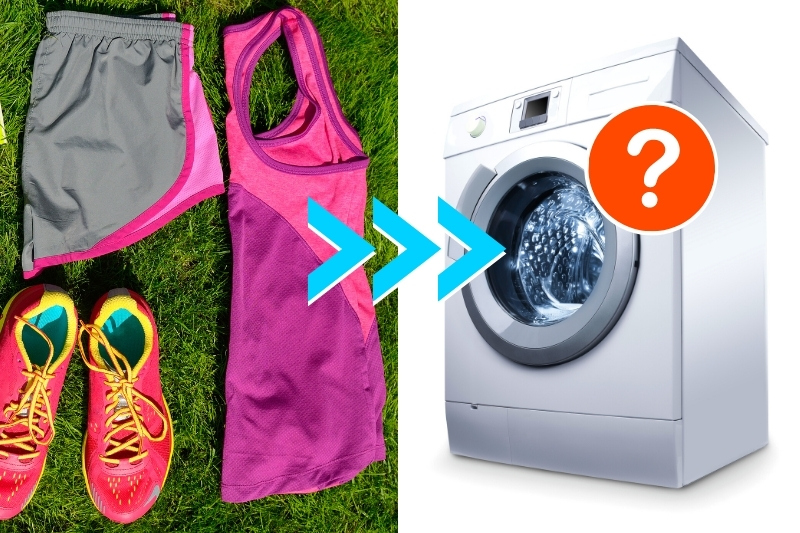
Nowadays, nearly all running clothes are machine washable. However, it’s always best to check the care label before proceeding to be safe.
Assuming your running gear is machine washable, you can use the method below. This washing process is recommended by leading sports brand Nike, ensuring your garments are kept in the best condition possible.
Step 1: Pre-wash soak
In a large bucket, create a solution of one part distilled white vinegar and four parts cold water.
Turn your running clothes inside out so that the dirtiest part can easily be accessed, and soak your clothes in the vinegar solution for 30 minutes.
Step 2: Add detergent
While your clothes are soaking, add your laundry detergent to the dispenser drawer of your washing machine.
Always use the amount recommended on the product label, as too much detergent will leave a residue on the fabric that will attract more dirt and bacteria.
Step 3: Add products for odour control
Add 50g of bicarbonate of soda or a scent booster to the detergent drawer to help with odours. You can also add a scent booster at this stage. However, ensure that it is designed specifically for use on sportswear.
Step 4: Gentle washing cycle
Put your running clothes in the machine drum and select the gentle cycle and coolest washing temperature on your machine. This helps to ensure that no damage is caused by increased heat and friction.
Step 5: Dry clothes
After the washing cycle, hang your clothes up to dry. You can alternatively dry your clothes in the tumble dryer.
However, only use a low heat setting, as higher temperatures will damage your clothing and cause the fabric to shrink.
When washing running clothes, it is important that you do not use fabric softener or dryer sheets. Both products will leave unwanted residues on the fabric, attracting more dirt and preventing your detergent from fully penetrating the fibres during future washes.
Washing Running Clothes By Hand
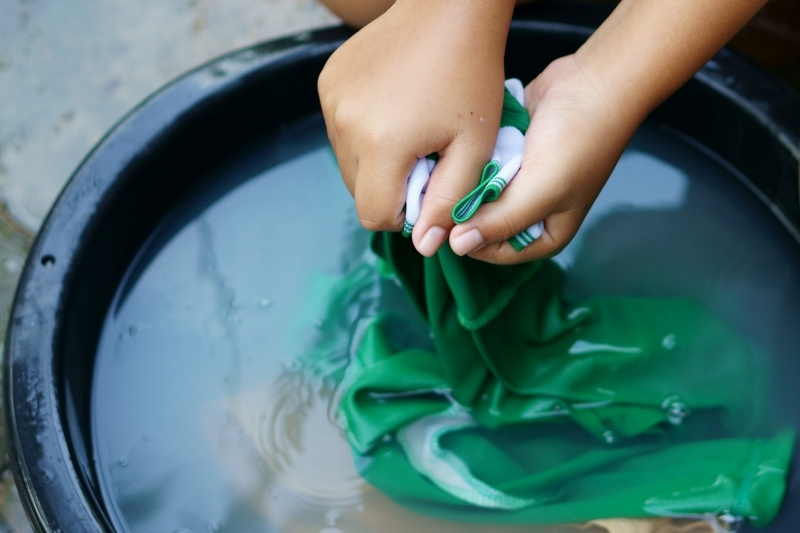
The other way to wash your running clothes is to do so by hand. This will require more work on your part, but it will give you good results.
This is also the gentlest way of cleaning your clothes, so it is the best choice if you want to ensure there is no accidental damage to the fabric.
To properly hand wash your clothing, you will need to:
Step 1: Soak clothes
Fill a large tub with lukewarm water, add laundry detergent, and swirl until evenly distributed.
Next, turn each garment inside out so the dirtiest surface is accessible. Submerge the clothing in the soapy water and leave it to soak for up to 30 minutes.
Step 2: Agitate water
Once 30 minutes have passed, gently swirl the fabric around using your hands to provide some light agitation. Avoid scrubbing or twisting the material, as this could cause damage to the fibres.
Step 3: Cold water wash
Empty the dirty water from the tub and refill it with cool water. Rinse each running garment in the clean water until all the soapy residue has been removed from the fabric.
This step is crucial, as any remaining residue can attract dirt and bacteria.
Step 4: Dry clothing
Lightly squeeze out the excess water from each item of clothing, then use a clean towel to blot even more moisture from the fabric. Hang the clothing up to dry.
You can use a tumble dryer to dry your running clothes if preferred. However, this will damage the clothing if a high temperature is used.
Can You Wash Running Shoes in the Washing Machine?
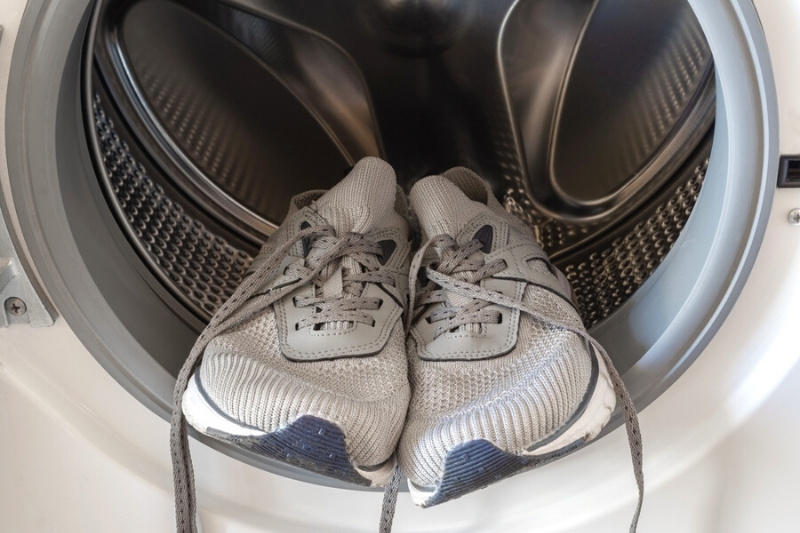
If you go running several times a week, your workout clothes are not the only thing you’ll have to worry about. Soon, your running shoes will also become a bit grubby and need a thorough wash.
Unfortunately, the majority of running shoes cannot be put in the washing machine. This is because the harsh conditions can cause the adhesive holding the shoes together to come apart. In some cases, it could also damage the rubber sole.
If your trainers do need refreshing, your best option is to hand wash them. You can check out our guide for a full list of instructions, but here is a quick breakdown of the process:
- Remove the laces and insoles from the shoes.
- Brush as much dirt away as possible from your trainers.
- Fill a bowl with warm water and laundry detergent.
- Use a soft brush or sponge to gently scrub the soapy water onto the shoes.
- Wipe off any residual dirt with a damp cloth.
- Leave the shoes to air dry.
In some rare cases, you will come across a pair of machine-washable trainers. This will be indicated on the care label, as well as a recommended wash temperature.
If you place your shoes in the machine, ensure you remove the laces and put them in a laundry bag beforehand to protect them (and your washing machine) from damage.
Why Do My Clothes Still Smell of BO After Washing?

In some cases, you may wash your running clothes only to notice that they still carry a strong smell of body odour.
This is caused when contaminants, such as sweat, sebum, and bacteria, have become deeply embedded into the fibres.
The best way to remove these contaminants is to wash your running clothes in hot water.
Unfortunately, this type of clothing is often made of synthetic fibres that will be damaged if not washed in cold water. This means that some odours will still cling to the fabric after washing.
Thankfully, there are ways to remove sweat odours without causing any damage to your running clothes.
Soaking the garments in vinegar before washing them is a great way to do this (as mentioned above), but some other natural deodorisers you can try include:
- Lemon juice: Create a mildly acidic solution by diluting the juice of several lemons in 2 litres of warm water. Once this has cooled slightly, you can soak your smelly clothing in the solution for at least 30 minutes before rinsing with cold water and leaving the garment to dry.
- Bicarbonate of soda: Combine a few tablespoons of bicarbonate of soda with a little warm water to create a cleaning paste. This can be applied directly to any smelly sections of fabric (e.g., underarms) and left for 15 minutes. After, simply wash and dry your clothing as usual.
- Salt: Dissolve 140g of salt in a bucket of warm water to create a natural antibacterial solution. Soak each running garment in the water to remove the odour-causing bacteria, then wash and dry as usual.

Hannah has a passion for cleaning. She worked her way around Australia by cleaning hostels in exchange for free accommodation and used her cleaning skills to bag a job as a chalet host for a luxury ski company in France.
